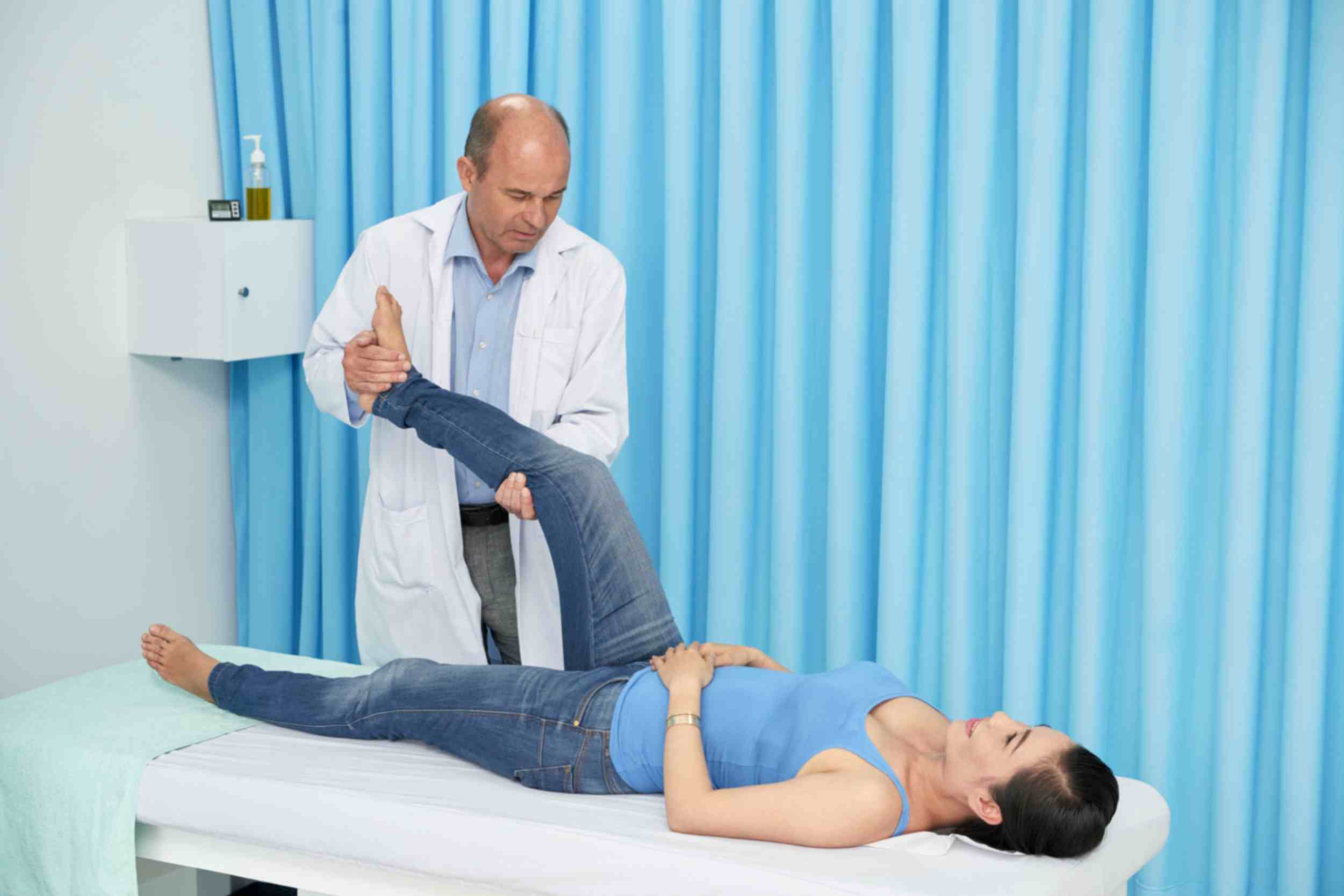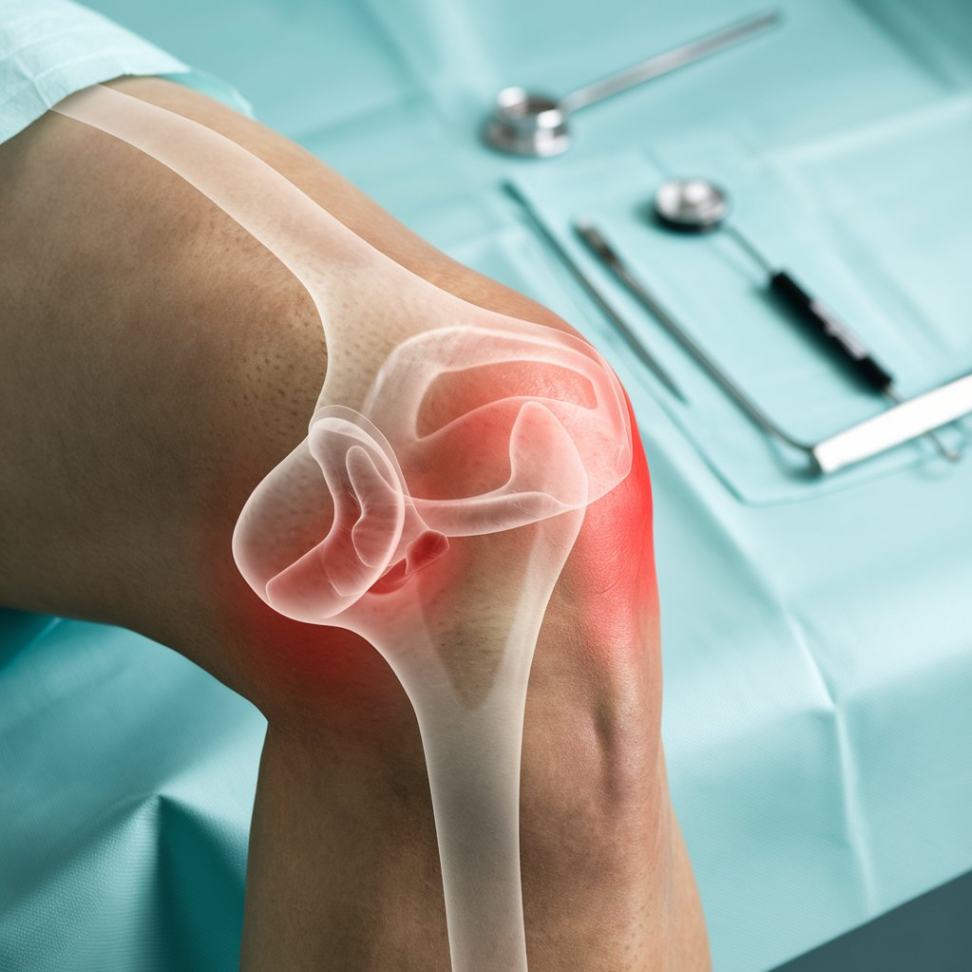How to Cure Sciatica Pain Permanently

Strong 8k brings an ultra-HD IPTV experience to your living room and your pocket.
Introduction
Sciatica is a condition that causes radiating pain along the path of the sciatic nerve, which runs from your lower back, through the hips, and down each leg. It’s often caused by a compressed nerve, leading to discomfort, numbness, or tingling sensations that can disrupt your daily life. While many people rely on temporary solutions to manage pain, addressing the root cause is key to achieving permanent relief. In this blog, we’ll explore effective treatments, lifestyle changes, and medical approaches to help you cure sciatica permanently and live pain-free.
Understanding Sciatica
Pain that arises from irritation or compression of the sciatica, the longest nerve in the body, is referred to as sciatica. It starts in the lower back, passes through the buttocks and hips, and then descends each leg. Unlike general back pain, sciatica specifically affects the lower body, causing symptoms like sharp pain, burning sensations, or numbness, often on one side of the body.
Causes of Sciatica
Sciatica is a sign of underlying problems rather than a disease in and of itself. These problems include:
Herniated Disc: A slipped or ruptured disc presses on the nerve roots.
A narrowing: of the spinal canal that compresses the nerves is known as spinal stenosis.
Tightening: of the buttocks' piriformis muscle, which aggravates the sciatic nerve, is known as Piriformis Syndrome.
Degenerative Disc Disease: Age-related wear and tear that reduces cushioning between vertebrae.
Spondylolisthesis: A slipped vertebra that compresses the nerve.
Who Is at Risk?
Sciatica risk is increased by a number of variables, such as:
Sedentary Lifestyle: Prolonged sitting weakens spinal support muscles.
Poor Posture: Improper alignment can put pressure on the sciatic nerve.
Obesity: Excess weight adds stress to the spine.
Occupational Strain: Jobs that involve heavy lifting, twisting, or prolonged standing.
By understanding the root causes and risk factors, individuals can take targeted steps toward managing and curing sciatica.
Diagnosing Sciatica
Accurately diagnosing sciatica is crucial to determining the most effective treatment plan. While sciatica is often identified based on symptoms, it’s essential to pinpoint the underlying cause to ensure the right approach for relief.
Common Diagnostic Methods
1. Physical Examination
A healthcare provider will begin by conducting a thorough physical exam, which may include:
Straight Leg Raise Test: The doctor will gently lift your leg while you’re lying on your back. Pain or discomfort in the lower back or leg during this test could indicate sciatica.
Neurological Tests: These tests evaluate reflexes, muscle strength, and sensory responses to determine nerve function and identify areas of compression.
2. Imaging Tests
If symptoms persist or worsen, further imaging tests may be recommended:
MRI (Magnetic Resonance Imaging): Provides detailed images of the spine and surrounding tissues to detect issues like herniated discs, spinal stenosis, or tumors that may be compressing the sciatic nerve.
CT Scan (Computed Tomography): Often used when MRI isn’t available, CT scans provide detailed cross-sectional images of the spine.
X-Rays: While X-rays don’t show soft tissues like discs, they help detect bone spurs or spinal misalignments that may contribute to nerve compression.
3. Electromyography (EMG)
Muscle and nerve electrical activity is measured by EMG. This test can assist in identifying the precise location of the nerve compression and determining whether nerve damage has occurred.
When to See a Doctor
If sciatica symptoms persist for more than a few weeks, worsen, or are accompanied by severe pain, weakness, or loss of bladder or bowel control, it’s important to consult a healthcare professional. Early diagnosis can lead to quicker relief and prevent long-term nerve damage.
Permanent Solutions for Sciatica
While sciatica can be a painful and persistent condition, there are several permanent solutions that can help address its underlying causes and provide long-term relief. The key is a combination of lifestyle changes, targeted treatments, and professional care to not only manage symptoms but also prevent recurrence. Here are the most effective approaches to curing sciatica permanently:
1. Exercise and Physical Therapy
Physical activity plays a crucial role in relieving sciatica by strengthening the muscles supporting your spine and improving flexibility. A tailored exercise program can help relieve nerve compression and promote healing.
- Core Strengthening Exercises: Strengthening the muscles of your back, abdomen, and pelvis can help support your spine and reduce the pressure on the sciatic nerve.
- Stretching: Stretching exercises, such as piriformis stretches, hamstring stretches, and lower back stretches, can help alleviate tension in the muscles surrounding the sciatic nerve.
2. Chiropractic Care
Chiropractors use spinal adjustments and manipulation to treat sciatica, particularly when the cause is a misalignment of the spine or a herniated disc. Regular chiropractic adjustments can:
- Relieve Nerve Compression: By aligning the spine, chiropractors can reduce pressure on the sciatic nerve, helping alleviate pain and improve mobility.
- Promote Healing: Chiropractic care can accelerate the healing process by improving blood flow and reducing inflammation around the affected nerve.
3. Lifestyle Changes
Incorporating long-term lifestyle adjustments can greatly reduce the likelihood of sciatica returning.
- Proper Posture: Maintaining good posture while sitting, standing, and sleeping helps reduce pressure on the spine. Use ergonomic chairs and avoid slouching.
- Regular Movement: Avoid sitting for long periods. Every 30 minutes, get up, stretch, and take a stroll to relieve strain on the spine.
- Weight Management: Maintaining a healthy weight reduces strain on your back and spine, preventing excess pressure on the sciatic nerve.
4. Medical Treatments
For more severe cases of sciatica, medical treatments may be necessary to provide lasting relief.
- Pain Relief Medication: Over-the-counter anti-inflammatory drugs (NSAIDs) like ibuprofen or acetaminophen can reduce pain and inflammation in the short term. Prescription drugs might be required for chronic situations.
- Steroid Injections: Corticosteroid injections can provide longer-term relief by reducing inflammation around the nerve. These are usually recommended when other treatments don’t provide sufficient relief.
- Surgical Treatment: In extreme cases where conservative treatments fail, surgery may be required to address issues like a herniated disc, spinal stenosis, or a compressed nerve. Common surgical options include discectomy, laminectomy, or spinal fusion. Surgery is typically considered a last resort after other treatments have been exhausted.
5. Alternative Therapies
In addition to conventional treatments, alternative therapies can also help manage and permanently alleviate sciatica symptoms.
- Acupuncture: Acupuncture uses thin needles inserted into specific points in the body to relieve pain and promote healing. Many people find acupuncture helpful in managing sciatica pain.
- Massage Therapy: Regular massage therapy can help reduce muscle tension and alleviate pressure on the sciatic nerve.
- Heat and Cold Therapy: Applying heat or cold packs to the affected area can help reduce inflammation and alleviate pain. Heat therapy can relax tense muscles, while cold therapy can numb the area and reduce swelling.
6. Preventing Sciatica Recurrence
Once sciatica is managed, it’s important to take steps to prevent it from coming back:
- Maintain Regular Exercise: Incorporate a routine of strength training, stretching, and low-impact activities to keep your muscles strong and flexible.
- Focus on Posture: Continue to practice proper posture and avoid prolonged sitting or standing.
5. Preventing Sciatica Recurrence
To prevent sciatica from coming back, incorporate these strategies into your daily routine:
- Regular Exercise: Maintain a routine of strengthening exercises and stretching to keep muscles flexible and support the spine. Low-impact activities like swimming or walking are also helpful.
- Proper Posture: Practice good posture while sitting, standing, and sleeping. Ensure your back is supported and avoid slouching, especially when sitting for long periods.
- Stay Active: Avoid sitting or standing in one position for too long. Take breaks, move around, and stretch every 30 minutes to reduce spinal pressure.
- Lift Properly: Use your legs, not your back, when lifting heavy objects. This helps protect your spine and reduces strain on the lower back.
- Maintain a Healthy Weight: Excess weight puts added pressure on the spine. Staying at a healthy weight can help reduce the risk of sciatica and other spinal issues.
Conclusion
Sciatica can be a challenging condition, but with the right approach, it is possible to find long-term relief. By understanding its causes, seeking proper diagnosis, and implementing permanent solutions like exercise, physical therapy, and lifestyle changes, you can reduce pain and prevent sciatica from returning. In some cases, medical treatments or alternative therapies may also be necessary for lasting results. With commitment to a healthy lifestyle and proper care, sciatica doesn't have to control your life—permanent relief is within reach.
Note: IndiBlogHub features both user-submitted and editorial content. We do not verify third-party contributions. Read our Disclaimer and Privacy Policyfor details.







